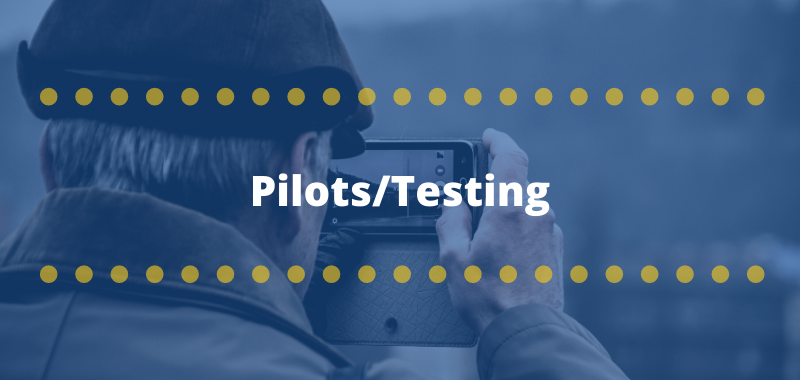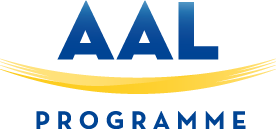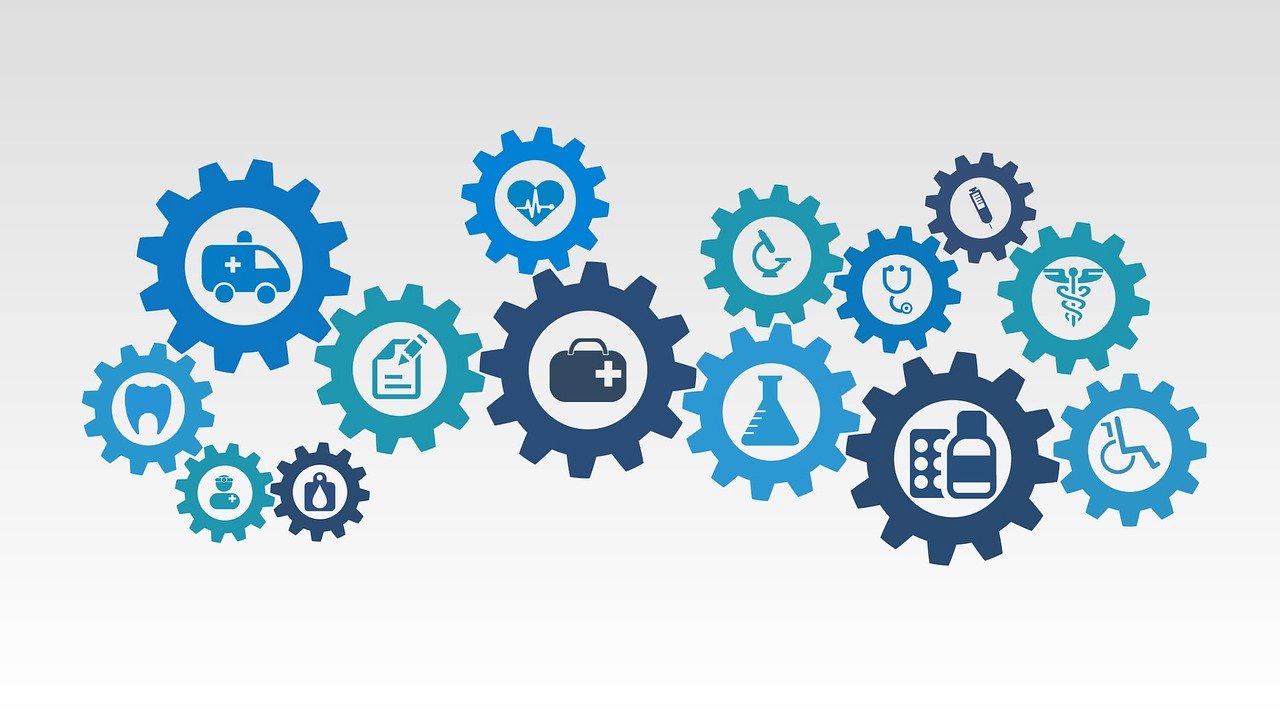Pilots/Testing

The involvement of end-users is crucial to AAL projects from the initial, through the pilots and testing of results, and in preparing market introduction. The AAL Programme sets high ambitions for value creation in service deliveries for older adults.
It underlines the importance of preparing pilots for projects, that not only test and validate user acceptance, accessibility, usability, but assess the improvement in quality of life for the end-users, the challenges in wider implementations of the solution, and prepare for market introduction.
In this summary, we have identified the main trends, the most important lessons and the opportunities for current and future project applicants. See full report below.

- No such thing as a common model exists for testing and piloting AAL projects. (…) Thus, the pilots must be specifically designed for the individual project; public deliverables represent an invaluable knowledge source of background information for designing new pilots.
- In recent years, a number of hard requirements for the pilots within AAL projects have been introduced and due to the importance of the testing phase it is actually expected that a realistic prototype or pilot application is available no later than one year after the start of the project.
- Business plan and exploitation are usually developed during the project, which means that the initial expectation of the target group might change due to findings in the projects. Personas and scenarios are instruments that have been used from beginning to give reasonable clear identifications of the target-group.
- One of the most common pitfalls for pilots and testing are simplistic functional testing of the technologies. It is often the case that when there is an unbalance in the consortium between technology partners and user organizations.

The importance of setting up a realistic environment for the pilots should not be underestimated. One of the main challenges for the projects are to create realistic settings for testing the solution and recruiting a representative group of end-users.
Having relevant care organisations and user associations from the individual countries on board from the very beginning is clearly an advantage. They know their users in advance and recruiting of participants is less risky. They are able to weave the testing into the daily life of the elders.
It is also important to plan the pilots so enough time is reserved for the users to experience a normal situation with the solution, and long-term effects can be assessed. 2-3 testing phases often allow appropriate duration for the testing and generate sufficient feedback for developers to improve the solution to a new level.

Projects are clearly unique and different, but similarities in parts of the projects are significant, in particular for pilots and testing. There are many projects with results and methods that are of high quality, and which are a goldmine of inspiration for others.
To evaluate if a new solution, even though its prototype is at TRL 5, is effective and there is a market potential, make sure there is a really strong link between the overall objectives of the projects and what is evaluated in the pilots.
Keep in mind the pilots do not only provide feedback for further development, but also form the foundation of convincing arguments for exploitation and attracting more investors for stages after the funding period.


